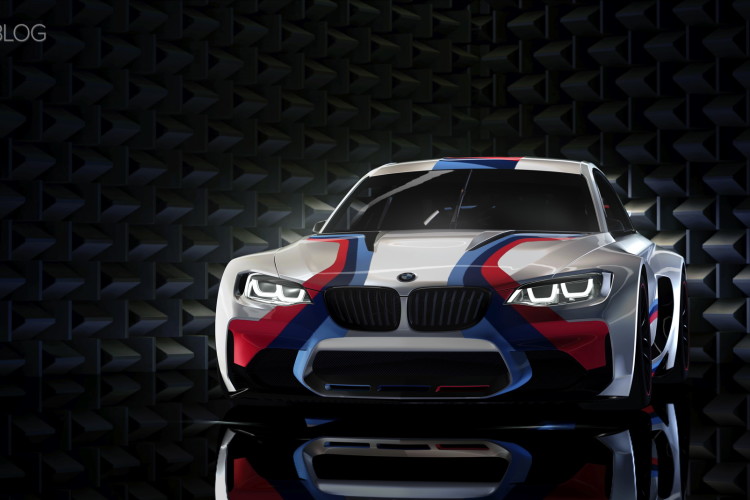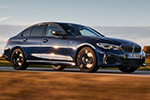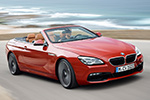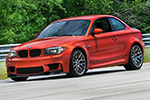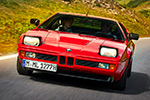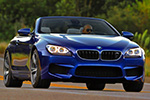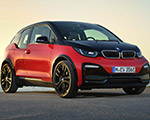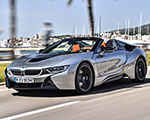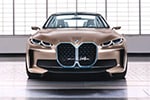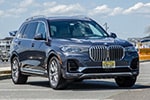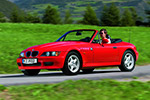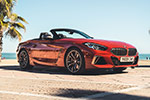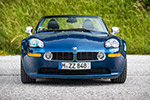In an Instagram post, BMW teases one of its biggest reveals of the year: the BMW Vision Driving Experience (VDX). This prototype, referred to by BMW as a “test rig,” will be unveiled very soon. In fact, we had the opportunity to experience it firsthand a few months ago, but we were sworn to secrecy.
For now, all we can share is what’s visible in the teaser. The front end unmistakably takes inspiration from the Neue Klasse Vision Concept sedan, featuring BMW’s signature LED lighting that forms the iconic headlamps and kidney grille. Unlike the large “nostrils” seen on current models, the VDX showcases a sleeker, elongated design. In the shadows, an aggressive front bumper hints at this prototype’s racing pedigree.
The rear continues the same design language. The taillights, made entirely of LEDs, are split in the middle, with the upper edge seamlessly integrating into a sporty trunk lid. While the teaser doesn’t reveal the diffuser, we expect it to feature an equally dynamic and performance-oriented design.
The Heart of Joy
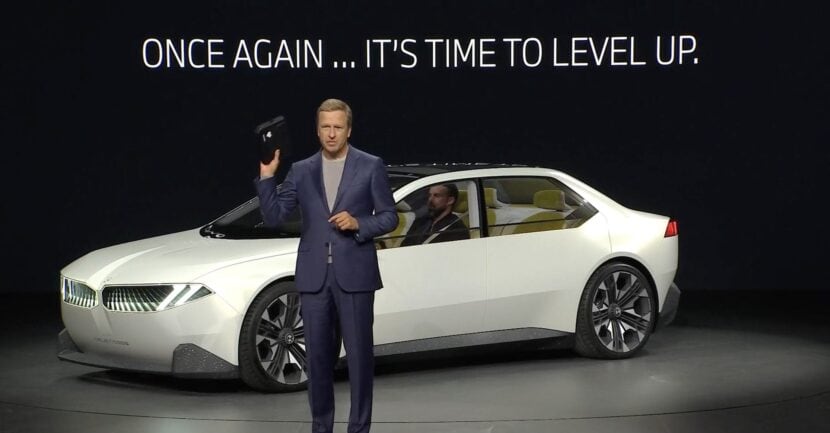
At the core of the BMW VDX is the revolutionary “Heart of Joy.” This supercomputer represents a major milestone for BMW, integrating powertrain software and driving dynamics into a single, unified system. “Nothing comparable exists in the industry—not even within BMW,” Frank Weber, BMW Board Member for R&D, told us. “What this means is that we’ve condensed decades of BMW’s heritage and engineering expertise into one supercomputing unit.” This cutting-edge system features what Weber describes as four “Super Brains,” some of which are physically interconnected.
By consolidating all functions into a centralized software stack, BMW has significantly reduced lag compared to traditional architectures, where multiple electronic control units (ECUs) communicate via a bus system. In conventional setups, delays can range from 10 to 20 milliseconds, but with the “Heart of Joy,” latency is reduced to as little as 1 millisecond.
But how does this translate to real-world performance and driving dynamics? Stay tuned to our YouTube channel—we have an exciting video coming soon!














